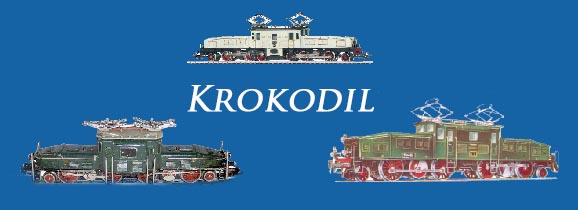Marklin Crocodiles: Genealogy of the Swiss CCS 800 Locomotive

The CCS 800 Swiss crocodile is perhaps one of the most beautiful and exotic-looking locomotives of the time. Its articulated design makes it an engineering marvel. Seeing it traverse the mountainous regions of Switzerland must have been an incredible sight! Without question, the scale models produced by Marklin of this Swiss legend for almost a century paid close attention to
Read more

